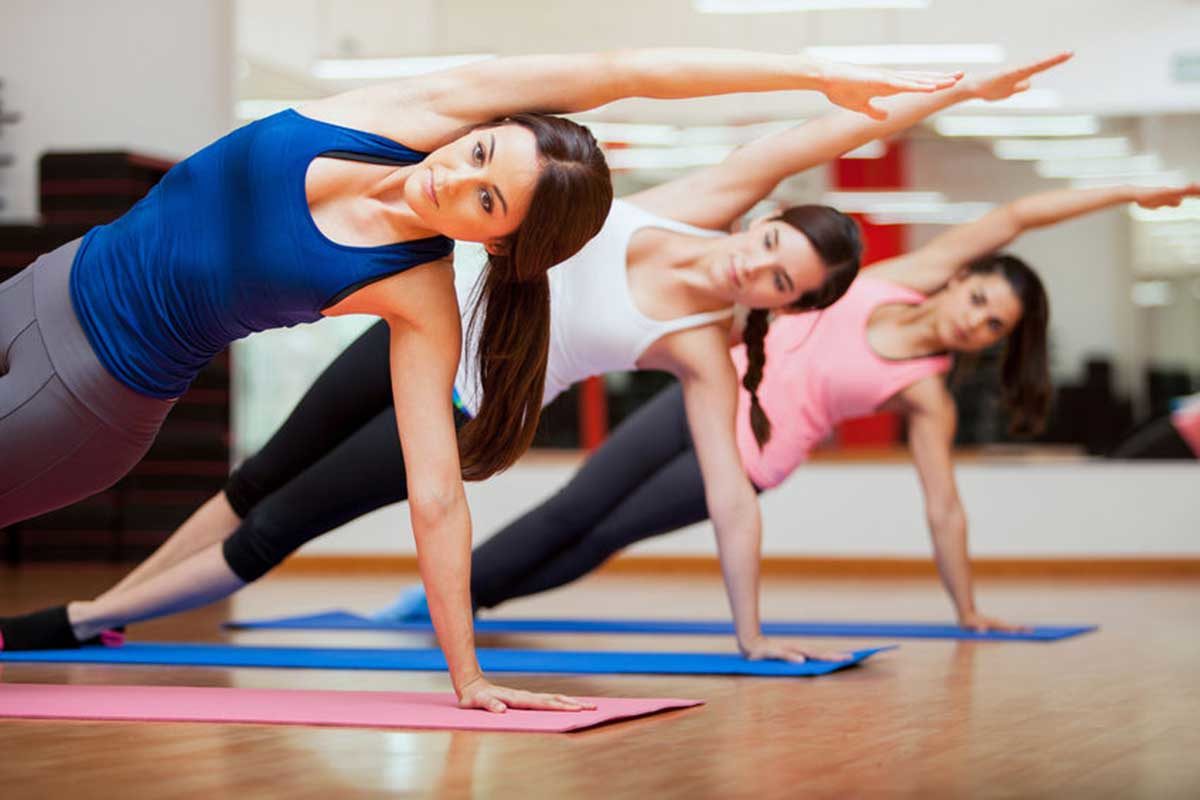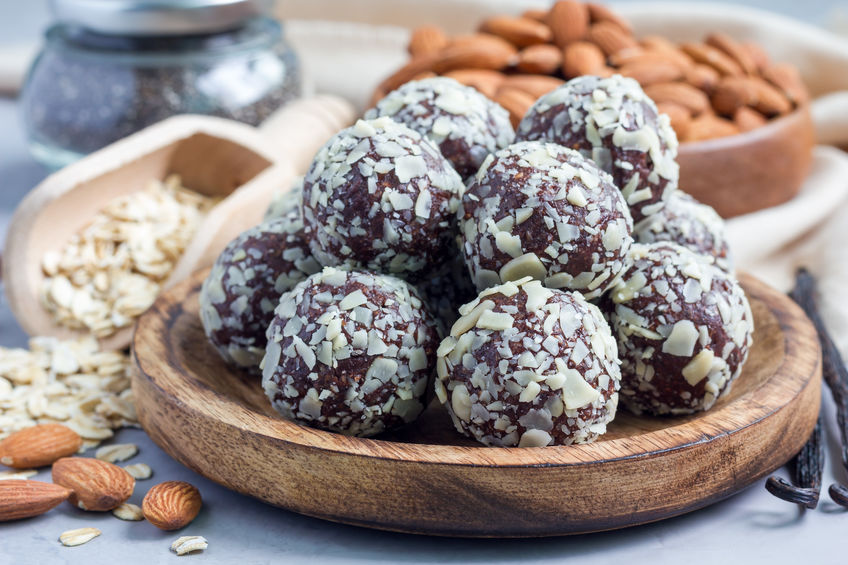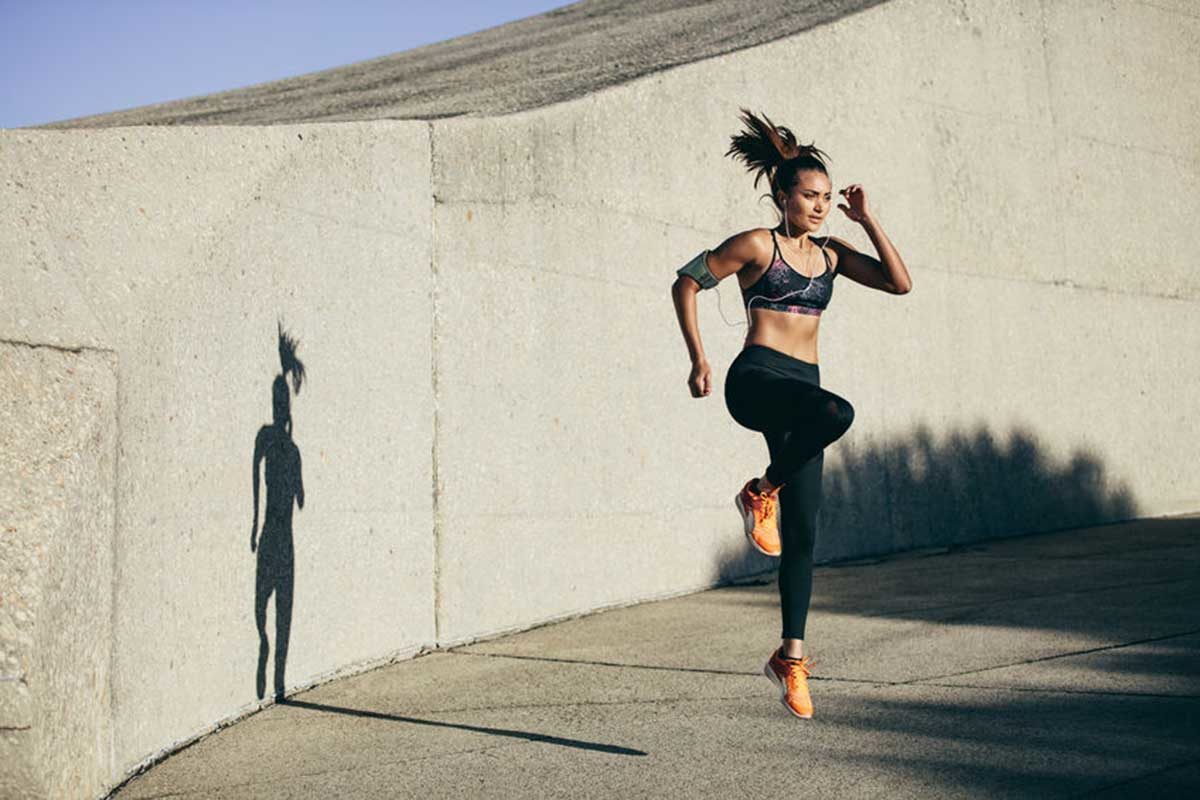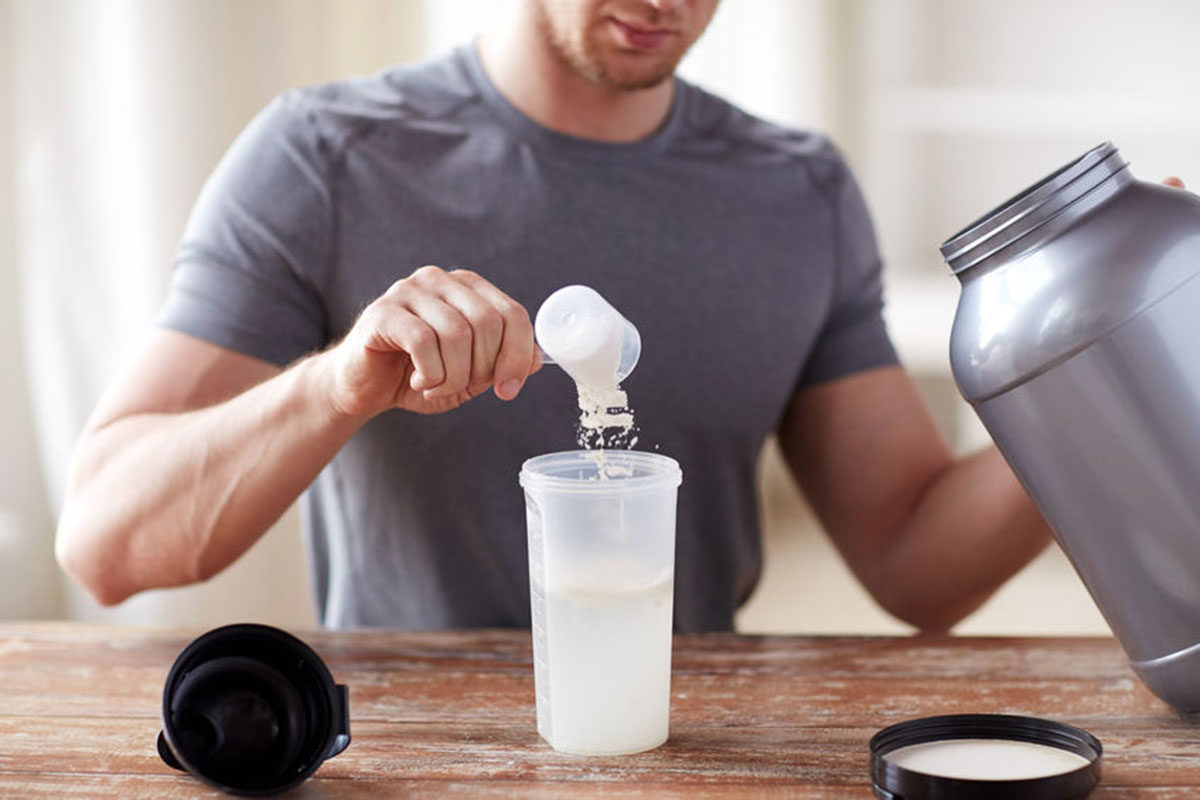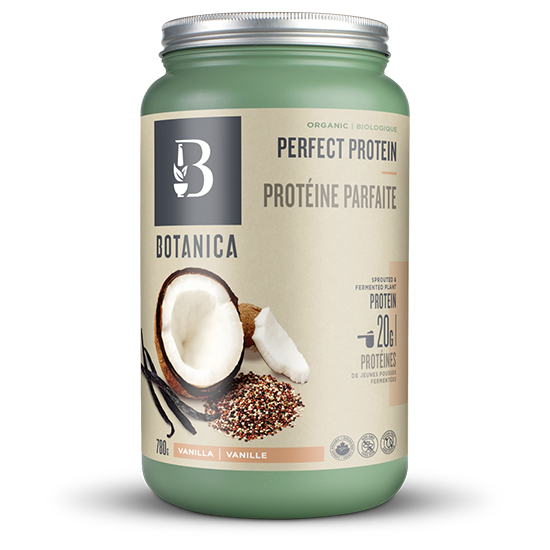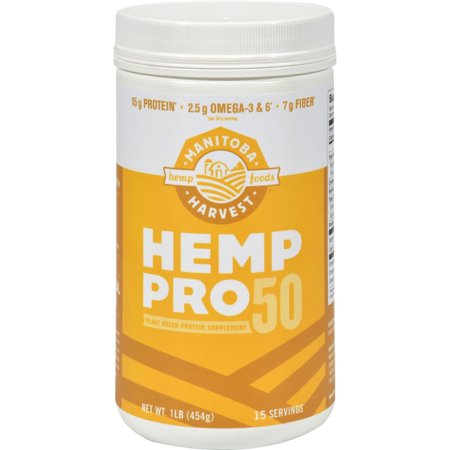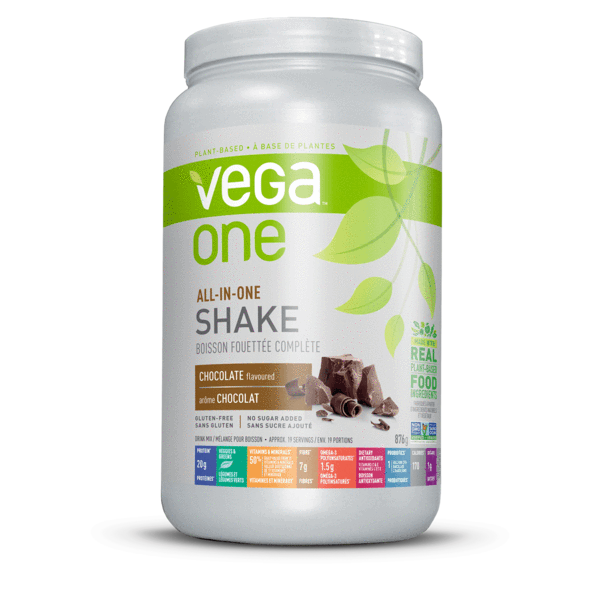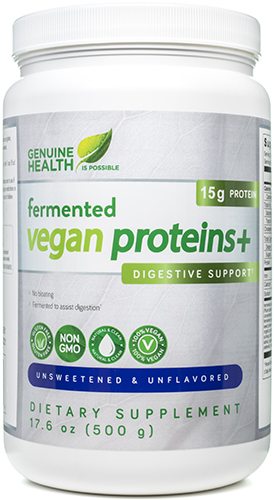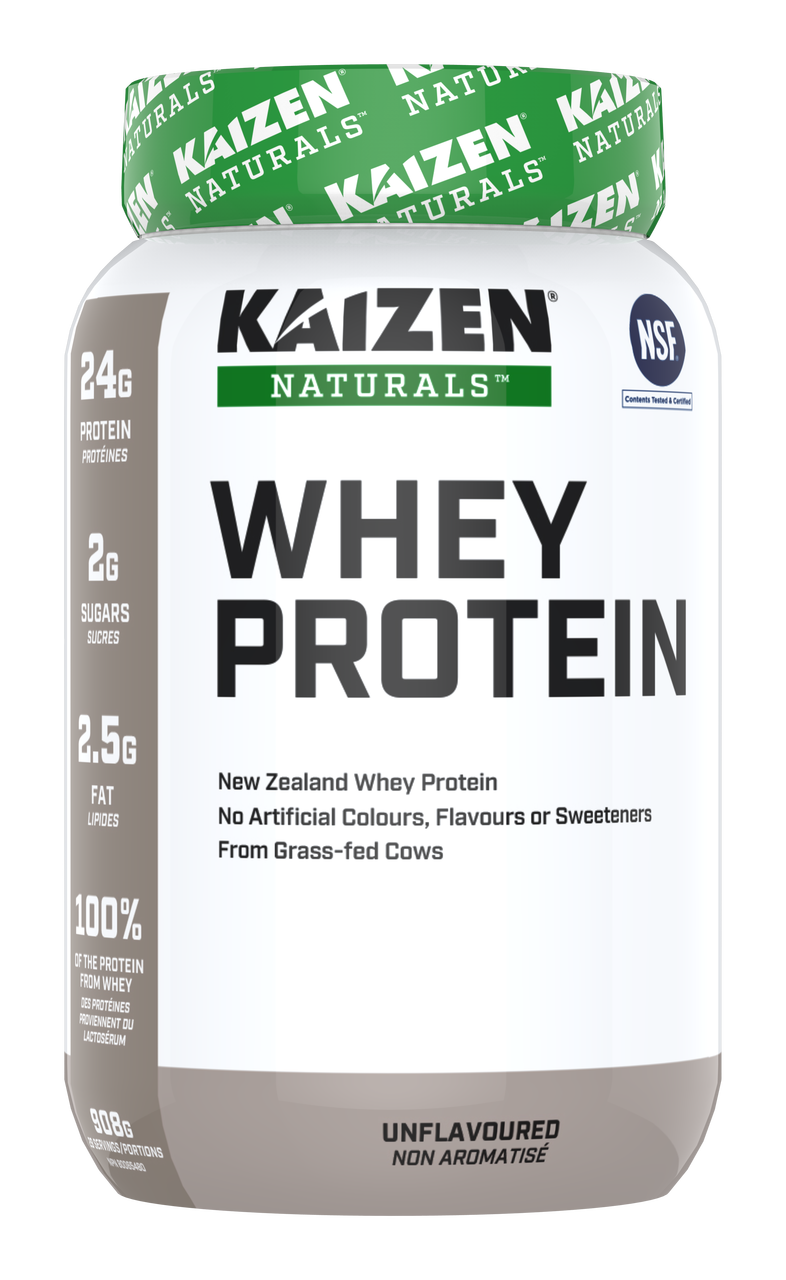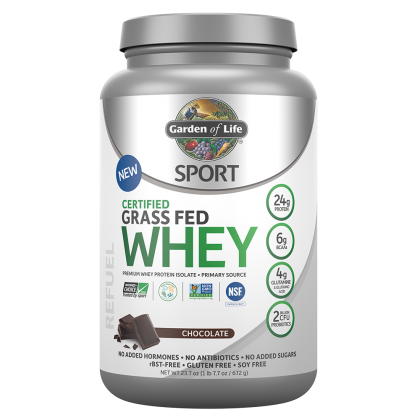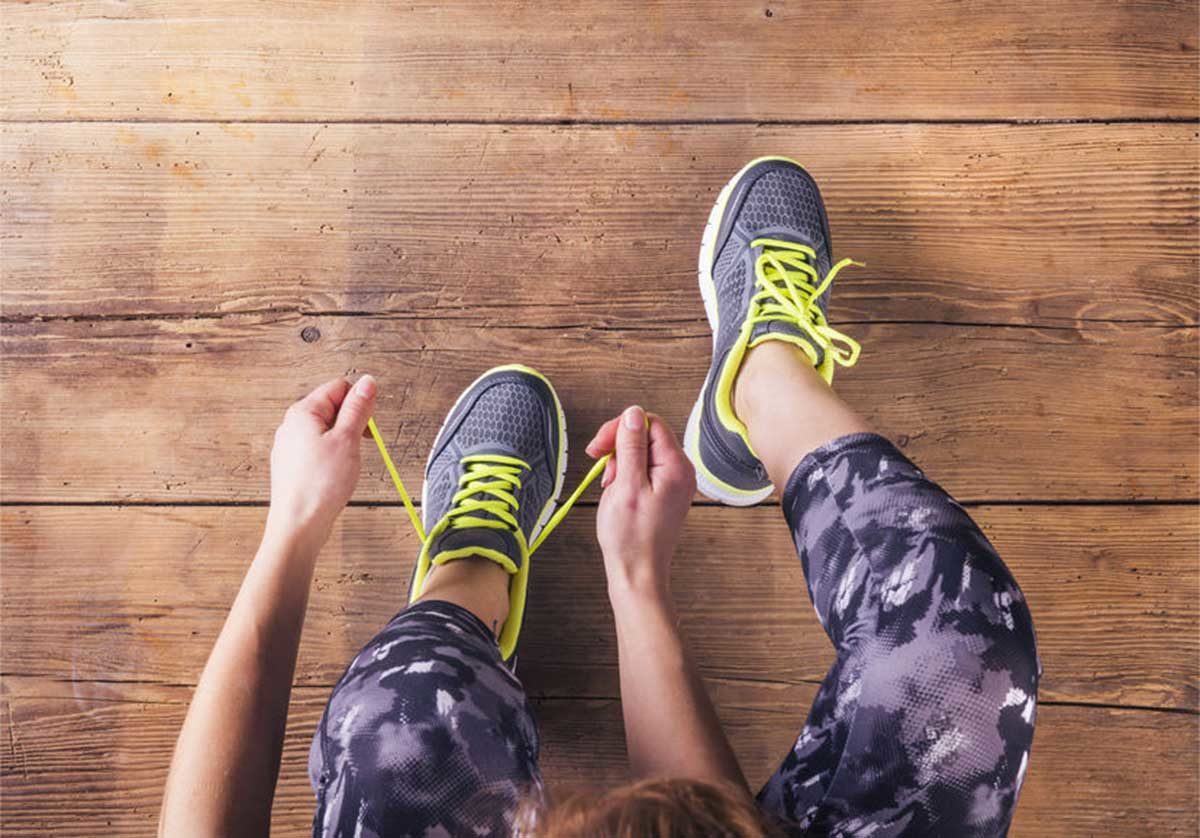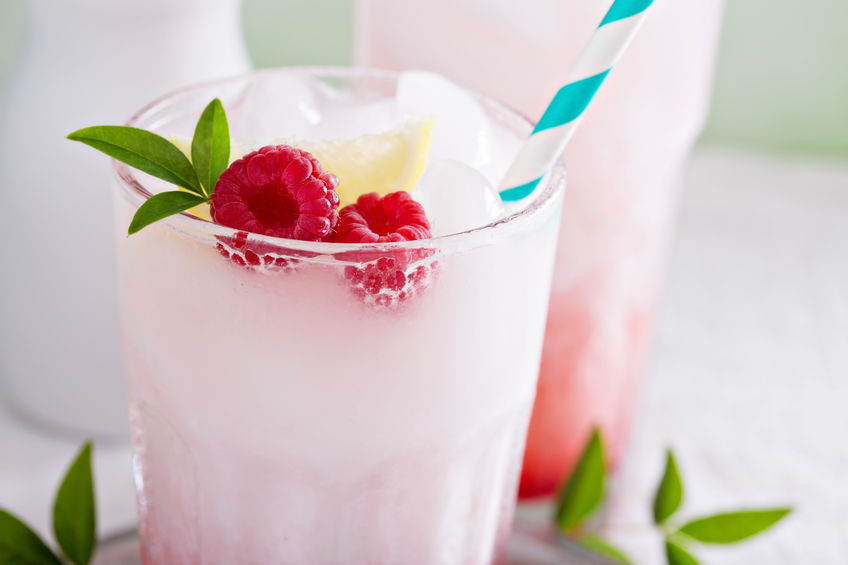It’s cute that we’ve come up with ways to make fun of the weight many people have put on during this global pandemic. The quarantwenty, the covid 15 are just a few of the ways I’ve heard it described.
Fact is, unwanted weight gain is not fun. It doesn’t make you feel great in your skin, or about your body. Additional pounds add stress to your body, makes it harder to move around and more challenging to exercise.
First of all, there’s no shame in having gained weight during a global crisis. Stress levels have been high for months and we’ve all had to do what we’ve had to do to be able to cope. But given that it’s the new year, it’s likely on your mind to make some changes for the benefit of your health.
So, let’s dive into one of the most overlooked factors affecting your weight – sleep.
Weight Loss Resistance
For some people, the reason they’re up a few pounds will be clear. But if you’ve been struggling to lower the number on the scale for a while, it’s time to look at all the factors that could be in play.
If you’ve been stuck trying to figure out how to shed the pounds seemed to sneak up on you despite not changing your diet or exercise habits, you might be dealing with Weight Loss Resistance.
It’s exactly how it sounds: weight that just won’t budge no matter what you do.
One surprising reason why you might be gaining weight or experiencing weight loss resistance is lack of good quality, restorative sleep.
There are plenty of science-backed reasons why a lack of sleep can be a strong contributing factor to not being able to maintain a healthy weight.
Why Lack of Sleep Causes Weight Gain
If you thought unsightly dark circles under the eyes were the worst outcome from cutting corners on sleep, you may want to think again.
Sleep is of the utmost importance to nearly every bodily system and losing out on it, even just a little, creates a vicious cycle in your body.
For example, the more sleep deprived you are, the higher your levels of stress hormone (cortisol) will be, which tends to increase your appetite.
Then, once the appetite is increased, a lack of sleep also thwarts your body’s natural ability to process sugar and carbohydrates – which of course is what you’re craving when you’re exhausted.
Additionally, when you’re overtired, the mitochondria (little cellular factories that turn food and oxygen into energy = metabolism centers) actually start to shut down. This causes glucose to stay in your bloodstream, and you end up with high blood sugar levels.
Insulin is a hormone whose job it is to signal the body’s muscle, fat, and liver cells to absorb glucose from the bloodstream to be used for energy. A study in the Annals of Internal Medicine reported that skimping on sleep can cause fat cells to become less insulin-sensitive by up to 30% – meaning they lose their ability to use insulin properly.
Yet another reason you might pack on pounds when you’re lacking in sleep is because your body goes into survival mode – much like when we deprive our bodies of too little energy & calories. Therefore, survival mode = extra fat storage.
It doesn’t have to be hours of sleep that you missed out on…
Research says that just 30 minutes of lost sleep per day could make you more likely to gain.
Sleep could arguably be the most important thing you can focus on if you’re ready to start a new health optimization plan – and the first step is to make sleep a priority.
Sleeping isn’t just a time to rest — you’re actually nourishing your body just as you are when you’re eating healthy foods. It may require some behavioral and mindset shifts on your part, but your body (and waistline) will thank you.
Tips to get a good night’s sleep
Sleep is one of the best free resources that will help you improve your health and manage your weight. Try these tips to help you get the most out of your night’s rest:
- Avoid screen time for 2 hours before bed
- Aim to sleep between 10 – 10:30 pm
- Black out your bedroom so there’s no light coming in
- Try meditation or a deep breathing exercise before bed to help your body relax and prepare for rest
- Drink a calming herbal tea before bed (see recipe below)
Do you think sleep could be the missing piece in your weight loss goal? Tell us in the Practice Presence group here.
RECIPE
DIY Sleepytime Herbal Tea Blend
Ingredients
- 3 parts dried chamomile
- 2 parts each: dried peppermint and dried lemon balm
- 1 part each: dried lavender and dried passion flower
- 1/4 part valerian root (it is important to only add this much valerian root)
- Fresh, filtered water
Preparation
- While heating water on the stove or in an electric kettle (up to 160 degrees F is optimal for herbal tea), lightly mix herbs together in a bowl.
- Place up to 1 Tb of herbal tea mixture into a tea infuser ball.
- Place the infuser into your favourite mug, and fill it with hot, but not boiled water.
- Let your tea steep for up to 5 minutes before removing the infuser ball.
- Save any extra dry tea blend in an airtight container, and store it in a cool, dark, dry place. Will keep fresh for several weeks.
- Enjoy your cup of warm DIY Sleepytime Tea, and get more quality zzz’s.
REFERENCES
Eureka Alert: Losing 30 Minutes of Sleep Per Day May Promote Weight Gain

